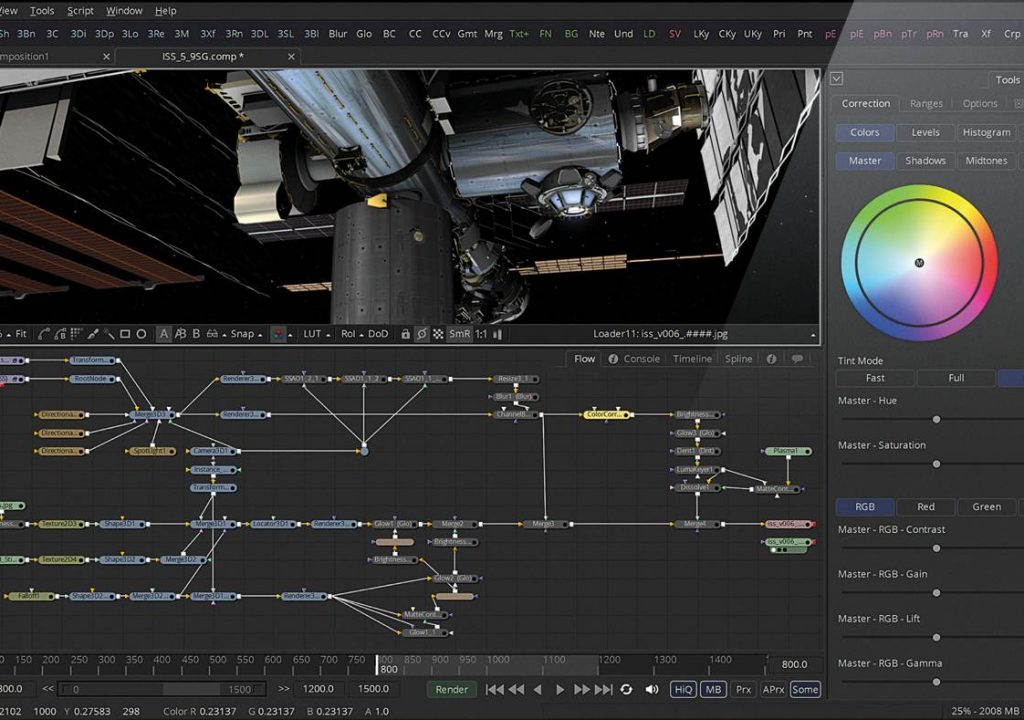- Fedora has long since established itself as a leading Linux distro thanks to an impressive repertoire of packages and pretty much unrivaled stability. It ships with the GNOME desktop environment which, as we’ll see again later in the list, is as close as you get to macOS out of the default batch.
- Using Parallels 15 for Mac, you can install a copy of Linux on your computer following the directions below. These steps assume Parallels has already been installed on your machine. Click File on the Parallels toolbar. Select New; Highlight Download Ubuntu Linux under Free Systems.
Surge is a digital synth and makes no bones about it.
You can install it on computers with any configuration. No matter how powerful/old your system is, Linux will work. Even if you have an 8-year old PC laying around, you can have Linux installed and expect it to run smoothly by selecting the right distro.
If you have used it in the past, it will be like welcoming an old friend back into your life. If you are new to Surge, welcome to the party. Come on in, the water is fine.
Thanks to the generosity of @Kurasu (owner of Vember Audio), Surge has been open sourced and lives on GitHub.
SYNTH SPECIFICATIONS
Synthesis method: Subtractive hybrid

Each patch contain two ‘scenes’ which are separate instances of the entire synthesis engine (except effects) that can be used for layering or split patches.
Quick category-based patch browser
Runs on a variety of operating systems, plugin formats, and architectures
FACTORY SOUNDS
- 1725 patches
- 523 wavetables
OSCILLATORS
- 3 oscillators per scene.
- 8 versatile oscillator algorithms: Classic, Sine, Wavetable, Window, FM2, FM3, S&H Noise and Audio Input.
- Classic oscillator is a morphable pulse/saw/dual saw oscillator with a sub-oscillator and hard sync.
- FM2/FM3 oscillators consist of a carrier and 2 or 3 modulators and various options.
- Most algorithms (except FM2, FM3 and Audio input) offer up to 16-voice unison at the oscillator level.
- Oscillator FM and ring modulation between oscillators 1-2 and 2-3.
- Most oscillator algorithms (except FM2, FM3 and Sine) are strictly band-limited, yet still cover the entire audible spectrum, delivering a clear punchy yet clean sound.
- Noise generator with variable spectrum.
FILTER BLOCK
- Two filter units in 8 different configurations.
- Feedback loop available in 7 of those configurations.
- Available filter algorithms: Lowpass (12 and 24 dB/oct, each with 3 variations), Lowpass 24 dB/oct (3 variations), Ladder Lowpass (6-24 dB/oct), Highpass (12 and 24 dB/oct, each with 3 variations), Bandpass (12 and 24 dB/oct, each with 3 variations), Notch (12 and 24 dB/oct, each with 2 variations), Comb (4 variations), S&H.
- Filters can self-oscillate (with excitation) and respond amazingly fast to cutoff frequency changes.
- Waveshaper (5 shapes).
EFFECTS

- 8 effect units arranged as 2 inserts per scene, 2 sends and 2 master effects.
- 13 effect algorithms:
- EQ, Distortion, Conditioner (EQ, stereo image control and limiter), Frequency Shifter, Rotary Speaker, Ring Modulator, Vocoder, Chorus, Phaser, Flanger, Delay, Reverb 1, Reverb 2
System Requirements
Linux For Mac Users
macOS
Freeware Linux Reader For Mac
- Intel Mac running at least macOS 10.11
- Minimum of 4 GB of RAM
- VST-compatible or AU-compatible host application
Windows
- Windows 7 and a recent Intel processor (at least Pentium 4 or above)
- Recommended: Computer running Windows 7 64-bit or newer
- Minimum of 4 GB of RAM
- VST-compatible host application
- x64-compatible CPU, OS and host is required to use the 64-bit version
Linux
Linux Free Mac
- PC running a Linux distro
- CPU must support the SSE2 instruction set. This has been supported on Intel CPUs since Pentium 4, and on AMD CPUs since Athlon 64.
- Minimum of 4 GB of RAM
- VST-compatible host application
- x64-compatible CPU, OS and host is required to use the 64-bit version
